Learning from the Masters: Case Studies of Influential Architects
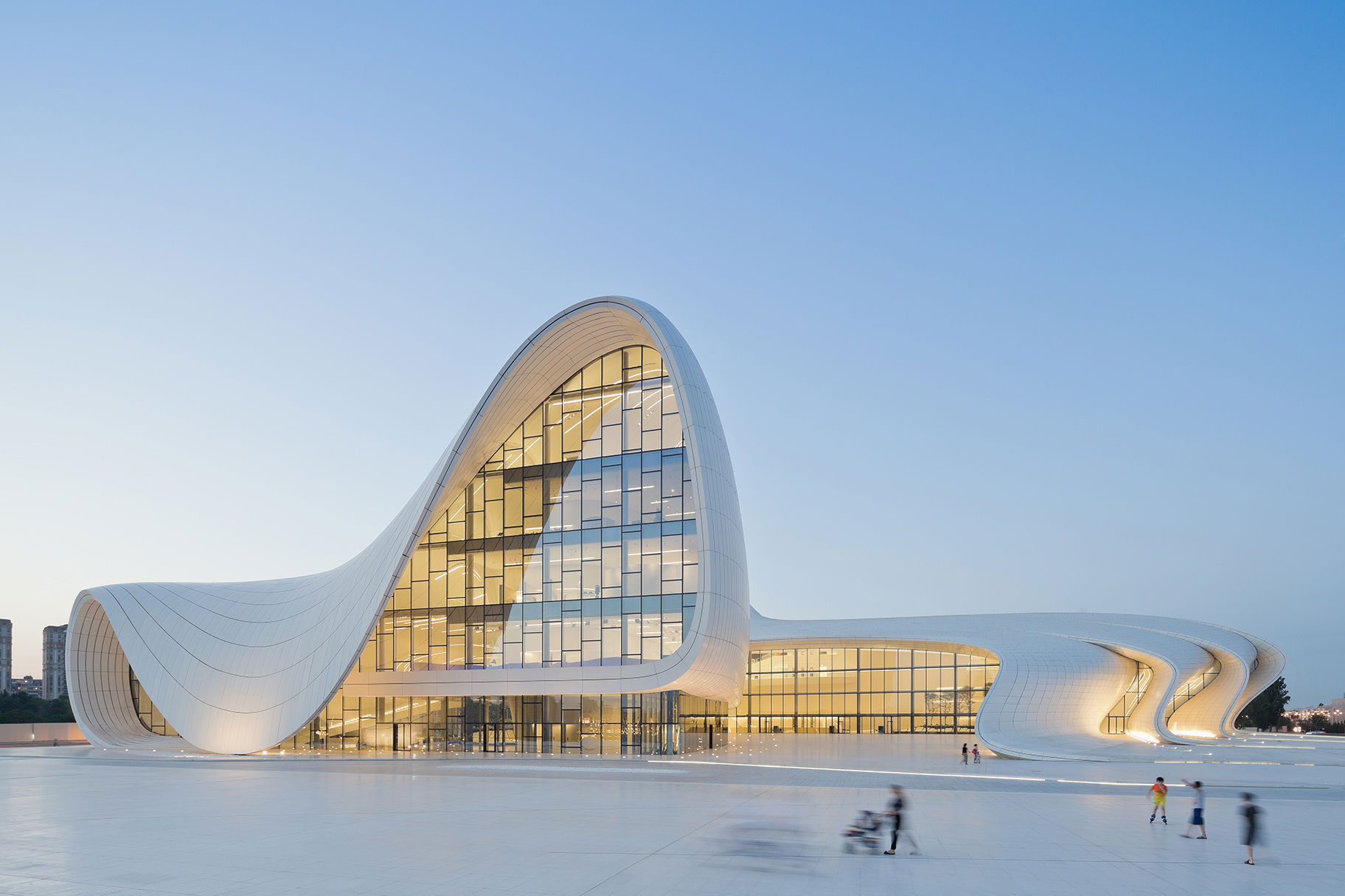
Introduction
Architecture is as much a product of the past as it is a projection into the future. The masters of architecture—those whose ideas and buildings have profoundly shaped the built environment—provide a blueprint for excellence. Understanding their work is not an act of nostalgia but a strategic move for any aspiring architect. For recent graduates entering the profession, learning from these visionaries bridges the gap between academic training and practical application, cultivating both critical thinking and creative problem-solving skills. This article explores the lives, principles, and built works of influential architects from the modern era to the contemporary moment. Through detailed case studies, technical analysis, and practical insights, it reveals how their contributions continue to inform standards, technologies, and design thinking in today's practice.
1. Le Corbusier: The Father of Modernism
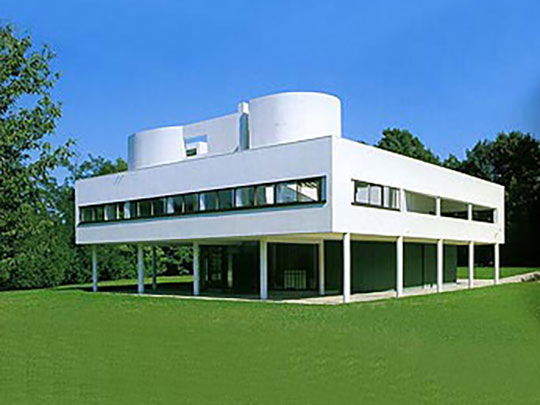
Le Corbusier (1887–1965), a Swiss-French architect, revolutionized architectural practice by promoting rationality, standardization, and functionalism. His concept of the "Five Points of Architecture" remains foundational in design education.
Key Project: Villa Savoye (1929–31) – Poissy, France
Principles Applied:
- Pilotis (slender columns that lift the building off the ground)
- Free plan
- Horizontal windows
- Free facade
- Roof garden
Technical Features:
- Reinforced concrete frame
- Open-plan interior
- Ribbon windows for consistent natural light
Implementation Lessons:
- Highlight how form follows function.
- Demonstrates how to manage light, ventilation, and circulation in minimalistic forms.
Contextual Consideration: Rural site, suburban client needs, temperate climate.
Effectiveness: Still used as a teaching tool in schools globally.
Pro Tip: Study how Le Corbusier optimized natural light without relying on modern energy systems.
2. Frank Lloyd Wright: Organic Integration
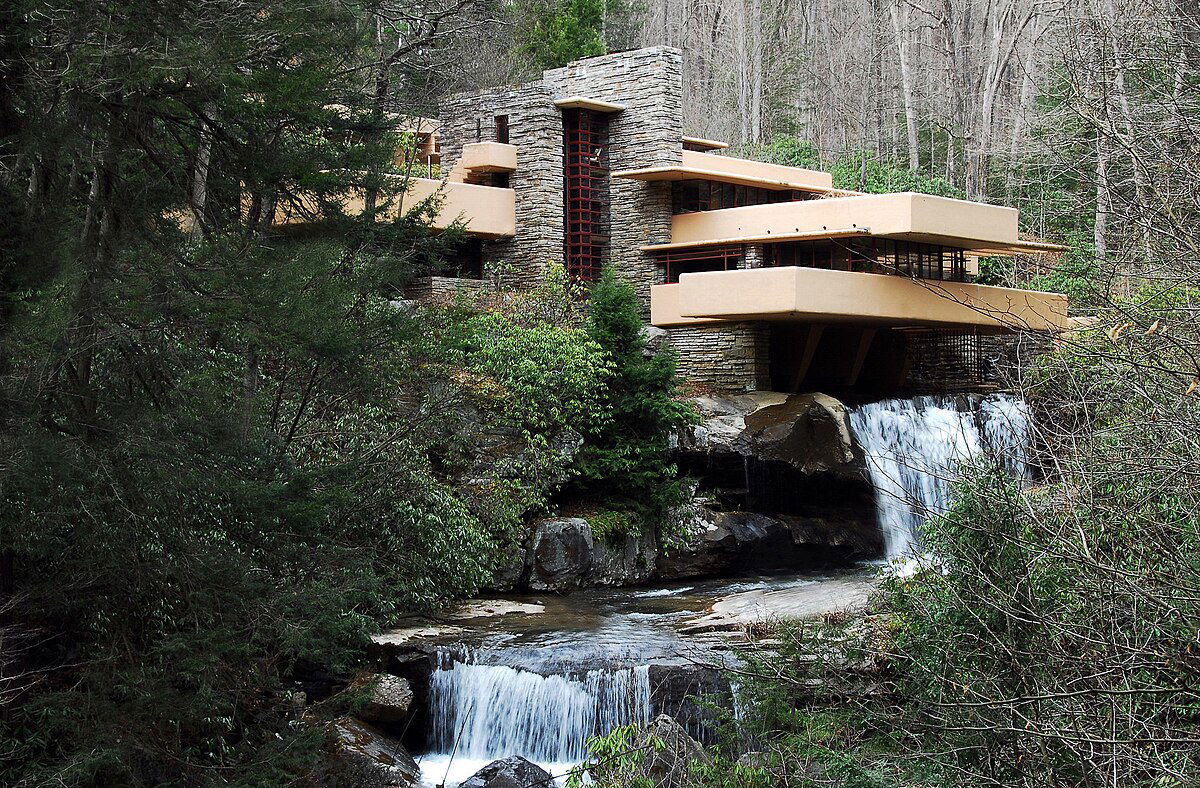
Frank Lloyd Wright (1867–1959) believed buildings should harmonize with their environment—a philosophy he termed "organic architecture."
Key Project: Fallingwater (1935) – Pennsylvania, USA
Principles Applied:
- Integration with natural surroundings
- Use of local materials (limestone, native wood)
- Cantilevered structures mimicking natural rock formations
Technical Features:
- Complex cantilevered beams
- Hidden structural steel reinforcements
- Water-resistant coatings to manage the nearby waterfall
Implementation Lessons:
- Importance of site analysis
- Passive cooling through open balconies and river breeze
Contextual Consideration: Forested rural site, humid climate, tight budget
Effectiveness: National Historic Landmark, inspiration for biophilic design principles
Pro Tip: Always return to the site during different times of day; light and sound constantly shift the design's requirements.
3. Zaha Hadid: Deconstructivism Meets Digital Innovation
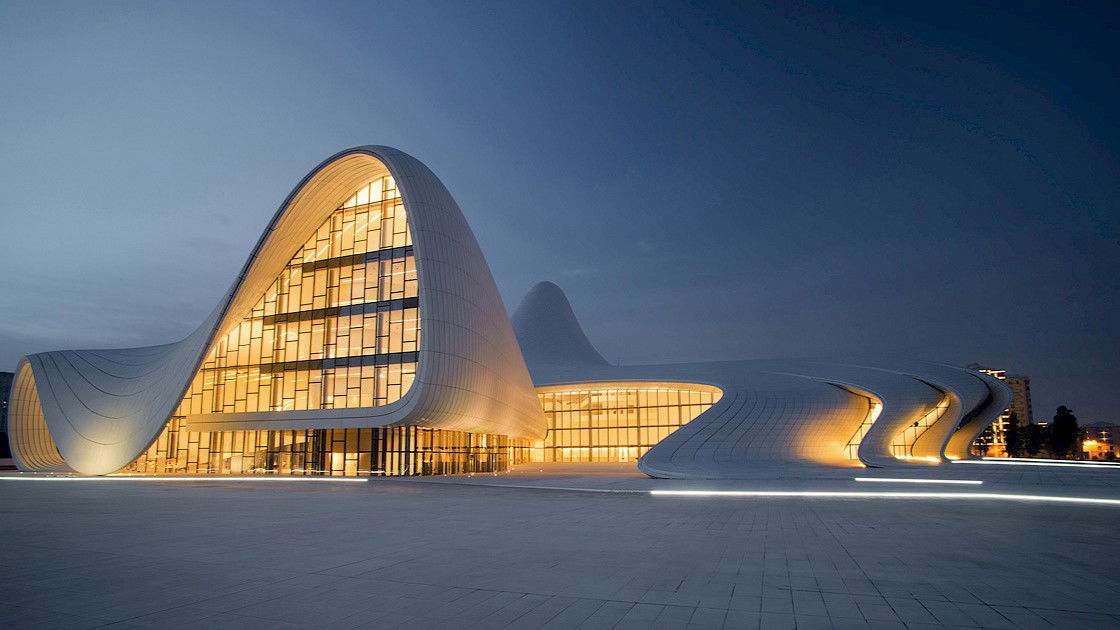
Zaha Hadid (1950–2016) shattered conventional geometry using parametric design and bold formal experimentation. Her work exemplifies the contemporary shift toward digital fabrication and dynamic form.
Key Project: Heydar Aliyev Center (2012) – Baku, Azerbaijan
Principles Applied:
- Fluid form inspired by calligraphy
- Seamless integration of interior and exterior
- Absence of sharp corners (deconstructivist influence)
Technical Features:
- Complex steel space frame
- GRP (glass-reinforced plastic) cladding
- BIM (Building Information Modeling) used throughout design and construction
Implementation Lessons:
- Importance of collaboration between designers and fabricators
- Digital modeling as a construction tool
Contextual Consideration: Urban context, hot climate, national cultural importance.
Effectiveness: Landmark of modern Azerbaijani identity; example of digital design’s real-world potential Pro Tip: Begin learning Rhino + Grasshopper early. Parametric thinking will soon be a default expectation, not an added skill.
4. Tadao Ando: Minimalism and Material Honesty
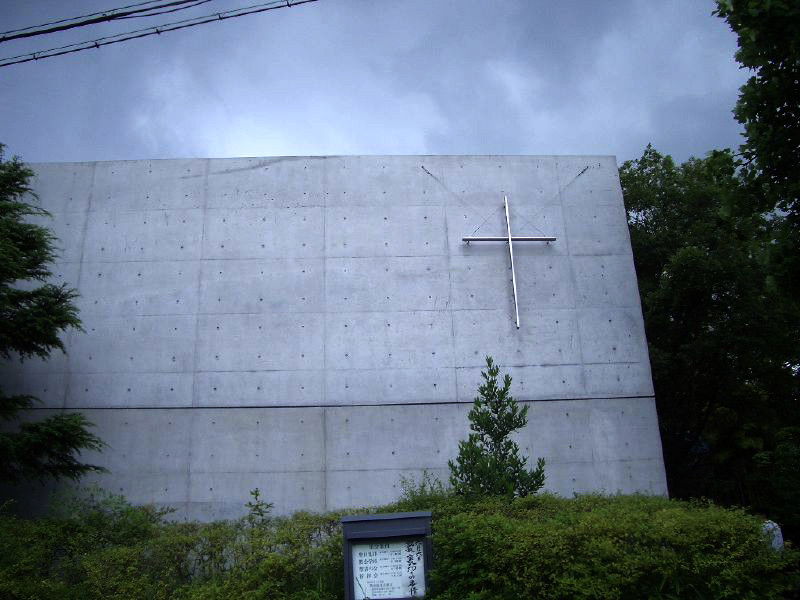
Tadao Ando, a self-taught Japanese architect, is renowned for his poetic use of concrete, light, and shadow. His work balances spirituality with minimalist rigor.
Key Project: Church of the Light (1989) – Ibaraki, Japan
Principles Applied:
- Use of natural light as a defining architectural element
- Emphasis on material purity and spatial clarity
- Integration with spiritual purpose
Technical Features:
- Cast-in-place concrete walls
- Cruciform opening behind the altar
- Minimalistic geometry
Implementation Lessons:
- Structural simplicity can evoke emotional depth
- Control of daylight as a spiritual and spatial tool
Contextual Consideration: Suburban site, small scale, temperate climate
Effectiveness: Cited in studies on phenomenology and emotional resonance in architecture
Pro Tip: Understand how silence and shadow are just as much architectural tools as structure and form.
5. Renzo Piano: High-Tech Humanism
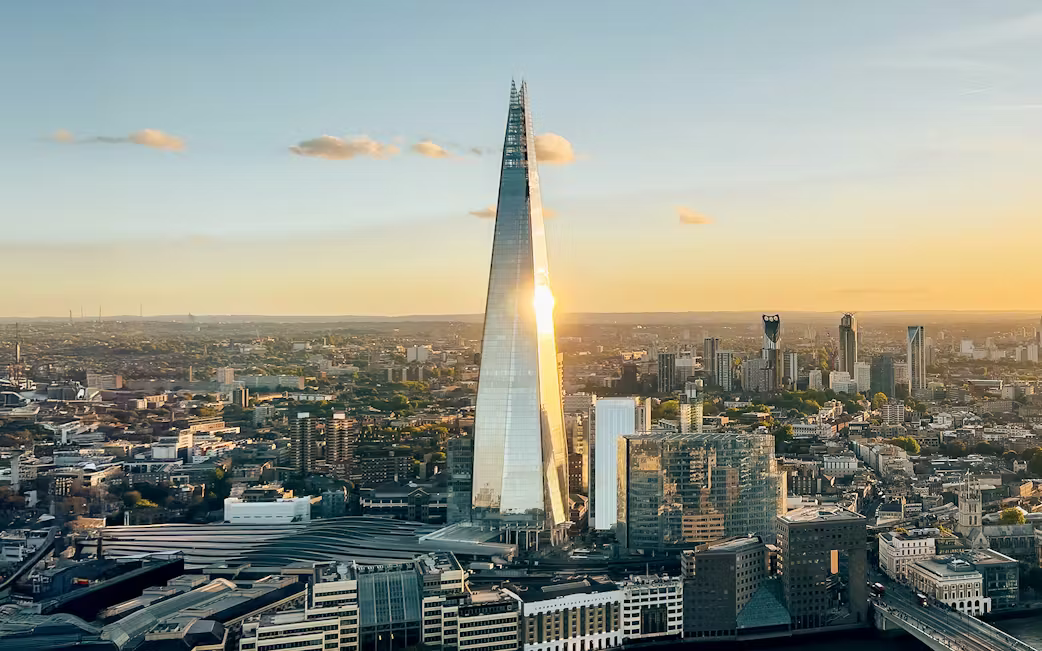
Renzo Piano merges high-tech systems with human-centered design. He is known for buildings that are technologically advanced yet sensitive to cultural and environmental context.
Key Project: The Shard (2012) – London, UKPrinciples Applied:
- Vertical city concept
- Layered facade responding to light and view
- Mixed-use planning integrating public spaces
Technical Features:
- Steel and glass skin with energy-efficient shading
- Use of BREEAM sustainability standards
- Prefabrication for facade panels
Implementation Lessons:
- Working closely with engineers and city planners
- Balancing iconic form with local context
Contextual Consideration: Urban high-rise, tight footprint, temperate rainy climate.
Effectiveness: Beacon for London’s skyline; exemplar of green urban skyscraper design
Pro Tip: Don't separate architecture from engineering—master both languages to lead collaborative processes.
Bridging Lessons to Practice
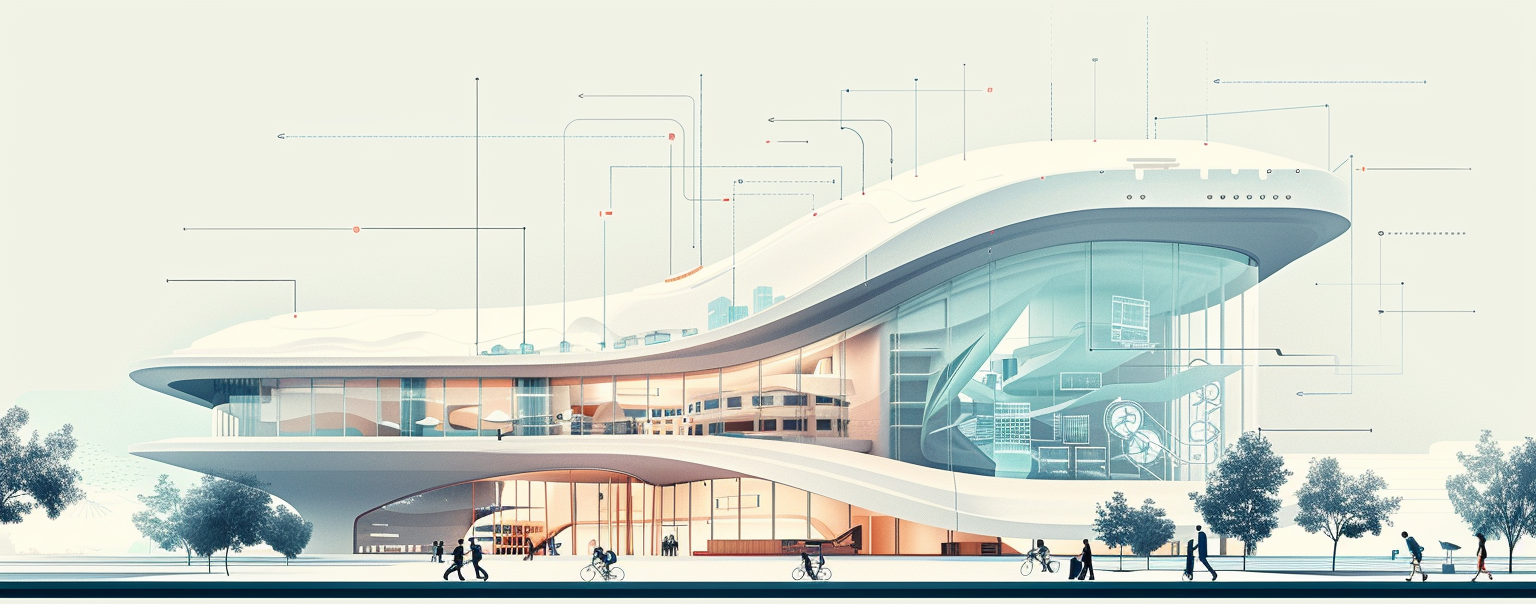
Integrating Master’s Principles into Contemporary Design
- Le Corbusier: Use pilotis or open plans to adapt to changing interior needs
- Wright: Prioritize harmony with site and natural elements
- Zaha Hadid: Employ parametric tools for unique site-responsive forms
- Ando: Master materiality and detail to achieve simplicity
- Piano: Adopt modularity and sustainability in large-scale projects
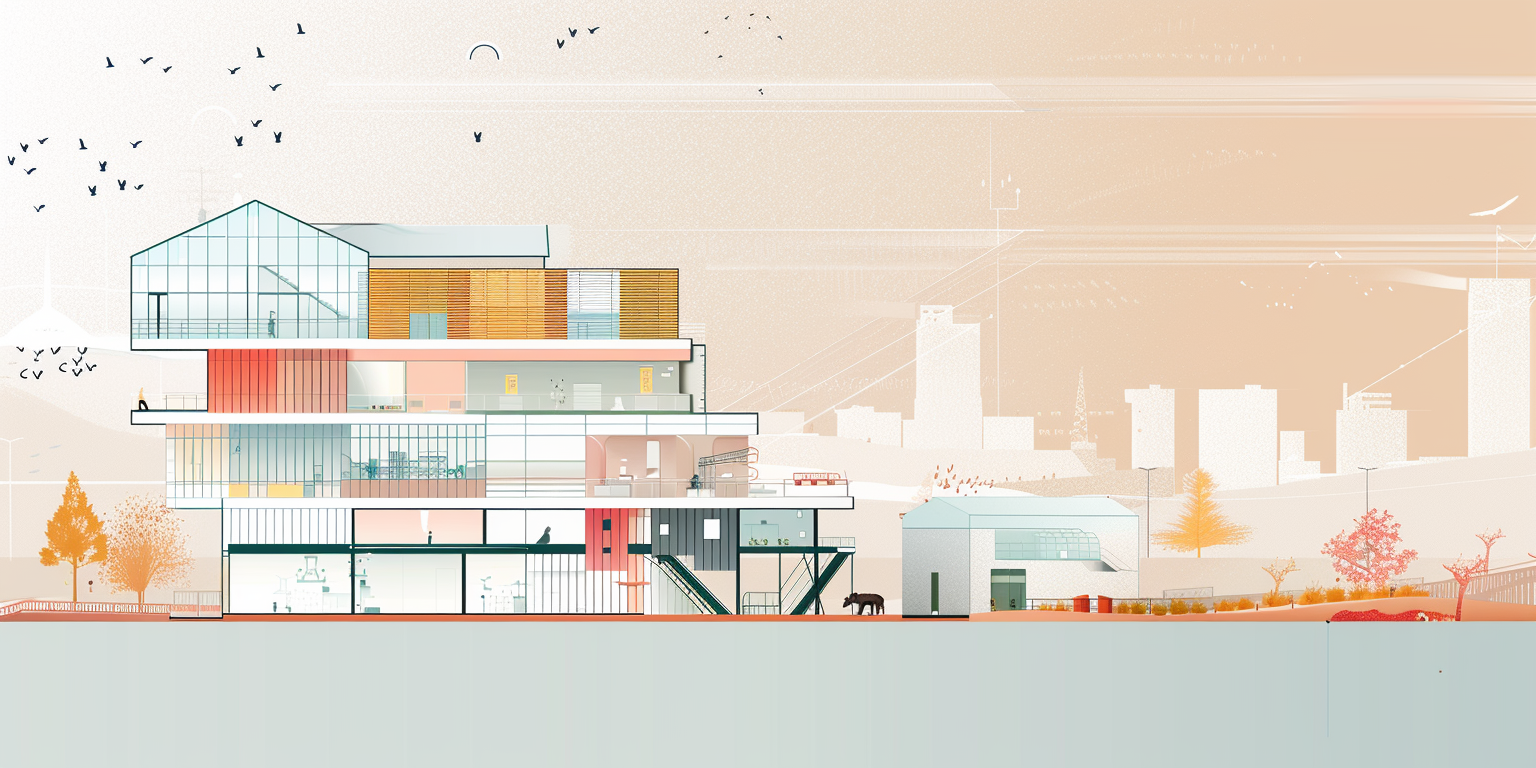
Navigating Constraints
- Budget: Prioritize form-driving elements within available resources
- Climate: Learn how past masters adjusted openings, massing, and materials
- Urban/Rural Contexts: Adapt strategies for density, access, and community presence
Conclusion

Studying the works of architectural masters is more than admiration—it’s a critical tool for shaping one’s design identity and technical literacy. Each project studied reflects a synthesis of form, context, technology, and ideology that continues to influence how buildings are designed and experienced. For recent graduates, learning from these pioneers fosters the ability to think critically, work collaboratively, and design responsively. These lessons are not historical footnotes—they are blueprints for navigating present-day practice. Whether sketching, modeling, or coordinating with engineers, the influence of past masters remains a guiding force in architectural evolution. Apply their insights not to imitate, but to innovate with intention and integrity.
Suggested Additional Reading:
- Curtis, William J.R. Modern Architecture Since 1900
- Frampton, Kenneth. Studies in Tectonic Culture
- Ching, Francis D.K. Architecture: Form, Space, and Order